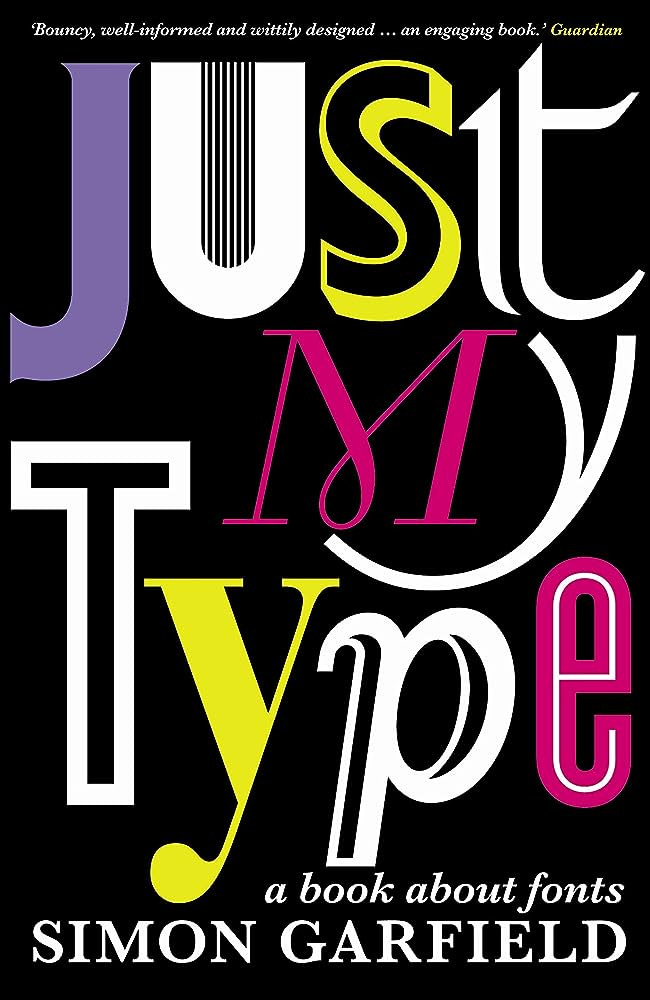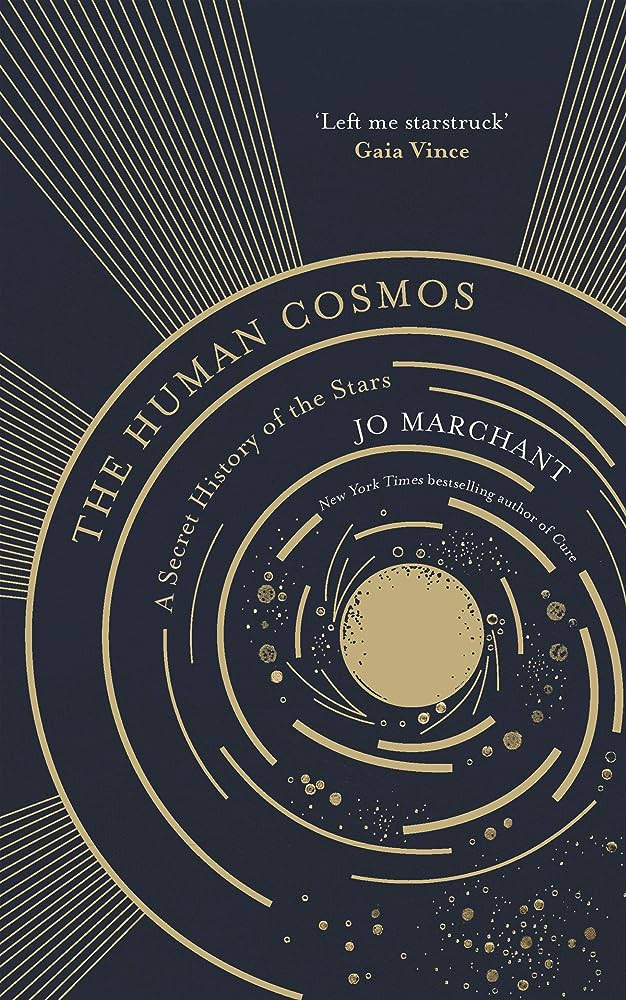Hello and welcome to the A-B-C of Writing True Stories newsletter.
I’ve written a lot about single-narrative non-fiction books, works that follow the story of one person or event. A biography such as Lucy Worsley’s recent Agatha Christie: A Very Elusive Woman does this, as does a true crime book such as my own The Jigsaw Murders, which takes one crime and explores it in great detail.
But there is another way to write true stories.
You take a broad subject and, using painter Georges Seurat’s pointillism technique, create a large canvas composed of tiny dot-like stories.
Malcolm Gladwell does this in books such as Outliers and Charlie Connelly does it in works such as Attention All Shipping, about the shipping forecast.
I’m going to look at three examples to illustrate my point.
Bill Bryson’s One Summer: America 1927
Bill Bryson wanted to write a dual biography of American heroes aviator Charles Lindbergh and baseball star Babe Ruth.
His idea was to tell their parallel stories before concluding the book at the moment the timeline of their historic achievements interlocked in the summer of 1927. In Lindbergh’s case it was his completion of the first nonstop flight from New York City to Paris while Ruth’s was hitting 60 home runs in one season.
It was a neat premise but as Bryson sifted other events of 1927 he had a revelation.
He realised the summer of that single year had been unparalleled in American history in terms of the United States’ profile on the world stage. It was the year of the first talking picture (Al Jolson’s The Jazz Singer), the Great Mississippi flood, the last gasp of the US stock market before the crash of 1929, and the demonstration of television by 21-year-old Philo T. Farnsworth.
One Summer, like so many of Bryson’s non-travel books, is a brilliant example of multi-strand narrative non-fiction. He pulls off the feat in other books, too, and I recommend to you Made in America and A Short History of Nearly Everything.
Simon Garfield’s Just My Type
Simon Garfield is a prolific writer and journalist who has a huge curiosity about the world. I’ve talked previously of his book Mauve: How one man invented a colour that changed the world, which is a single-narrative account of how William Perkin chanced upon the new colour in his laboratory and revolutionised industry on the back of it.
Garfield’s other books, however, are broad topics told through multiple narratives: he’s written about maps, encyclopaedias and the miniature world.
Just My Type is probably his best known book and for good reason. It is a great romp through the history of typographic fonts. It’s a wonderful read and is made up of the history of some of our best-known fonts, such as Helvetica, Baskerville and Gill Sans. He is particularly entertaining when he takes on the much-maligned Comic Sans.
As with Bryson, humour is very much part of Garfield’s stock-in-trade but he can be moving, too, and is never less than fascinating. This is a great example of how to do this kind of nonfiction writing.
Jo Marchant’s The Human Cosmos
Jo Marchant is a fascinating science writer who has written the single-narrative book in the form of Decoding the Heavens: How the Antikythera Mechanism Changed The World, which looks at the device that has recently inspired the new Indiana Jones movie.
But in The Human Cosmos she has written the big story of the stars above our heads and done so through the many-storied approach. In her usual clear style, Marchant takes complex concepts and explains them for the popular market, exploring the relationship between humans and the celestial bodies in the sky.
What’s your big story to be told through many smaller narratives?
Thank you for reading. I hope this has given you food for thought. Please let me know what you think. What are you reading currently? Is it a single or multiple narrative book?
Until the next time…






